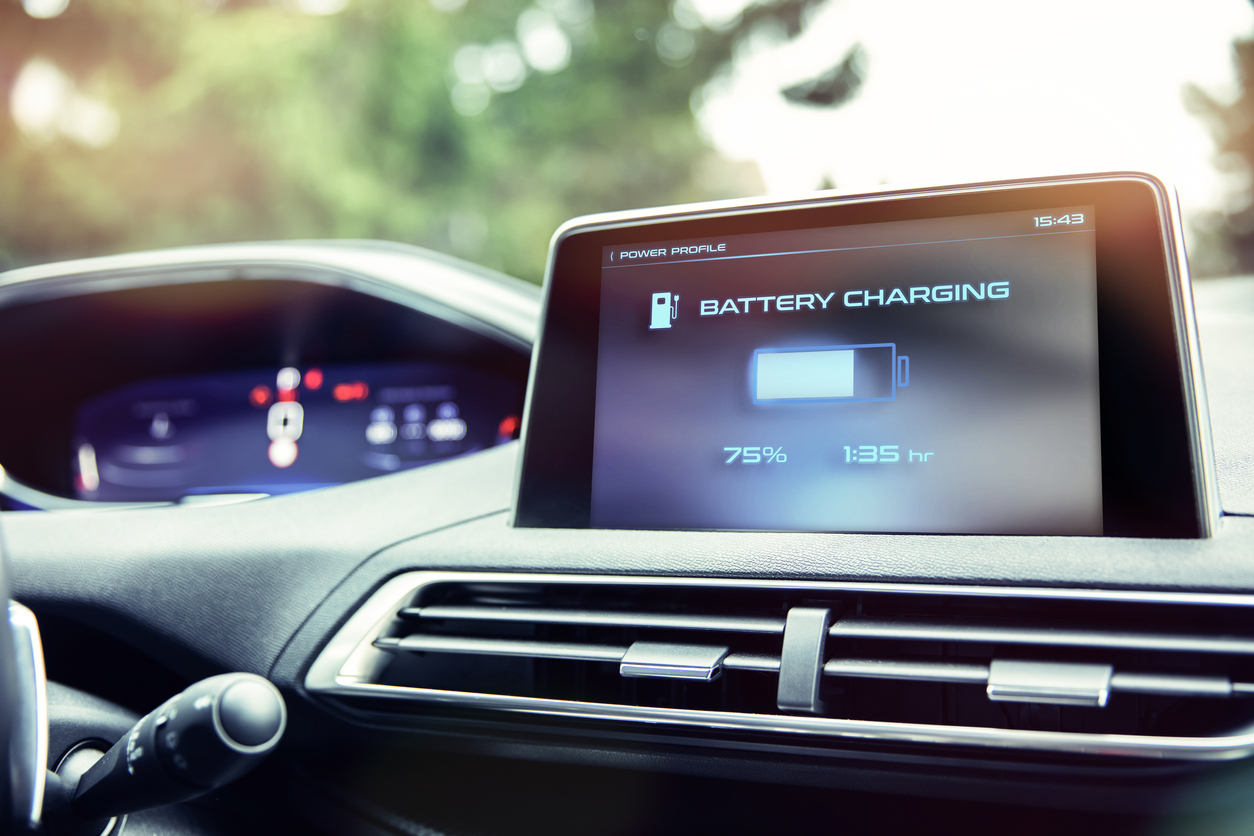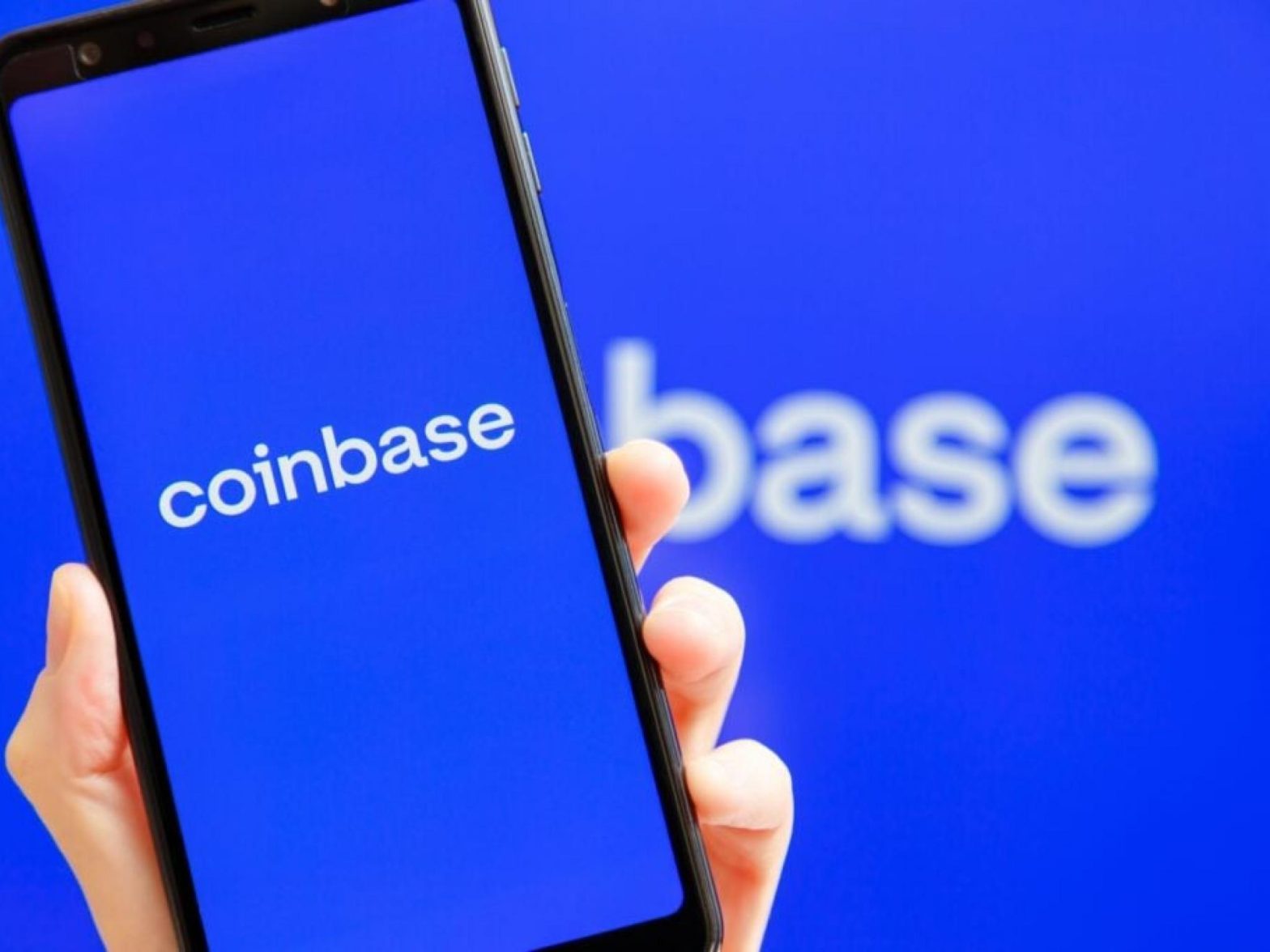Staring stiff competition from Chinese automaker BYD, Elon Musk has revisited plans for the much-awaited Tesla Roadster. It’s been nearly six years since the Tesla executive announced plans for the performance car, whose plans have been shelved over the years. In posts on X, Musk has affirmed plans to unveil the Tesla Roadster before the end of the year.
Tesla Roadster Plans
The new supercar will collaborate with Tesla and Space Exploration Technologies as Elon Musk looks to enhance its capabilities to better compete in the market. In 2017, Tesla charged as much as $250,000 for reservations of the purported supercar. The hefty price tag on the car came as Tesla was in dire need of cash to stay afloat and ramp up production of the Model 3 sedans.
Having faced backlash, Musk is looking to get everything right this time. Consequently, the collaboration with SpaceX Technologies should ensure everything is overboard with plans to ship the car as early as next year. In a post in X, Musk reiterated, “You will love the new Roadster more than your house,”
The push to accelerate production of the Tesla Roadster comes against the backdrop of BYD Tesla’s fiercest competitor unveiling a high-performance model. Yangwang U9 is the new supercar that the Chinese automaker is using to take on Tesla in the high-end market. The high-end car goes for about $233,400.
U9 can accelerate to 100 kilometers per hour in under 2.36 seconds. Feeling threatened, Musk has reiterated that their supercar will aim for less than 1 second on a zero to 60 mph time. It’s a battle for supremacy after Tesla falls behind China’s BYD on quarterly EV sales.
Tesla vs. BYD on EV Sales
In the fourth quarter, BYD delivered 526,409 fully electric cars, beating Tesla, which delivered about 484,507 vehicles. The Chinese automaker has been eating market share thanks to its broader lineup of cheaper models in China. The massive sales came despite the automaker selling most of its cars in China and not in the US, where it would be subject to a 27.5% import tariff, among other hurdles.
In contrast, Tesla mostly targets the high-end market with advanced features for self-driving cars. Its focus on the high-end market is one of the reasons the automaker continues to generate more profit than BYD. In addition, the company relies on just two models for the lion’s share of its sales.
Despite delivering a record 1.8 million vehicles for the year, Tesla fell short of the expected delivery of 2 million cars, as Musk touted. The miss came despite the Austin-based carmaker offering a series of price cuts in the push to fuel demand, especially in China. For the current year, the US automaker is targeting upwards of 2.1 million cars despite the cloudy outlook for EV demand.
BYD usurping Tesla on electric vehicle sales underscores China’s growing clout in the global automotive industry. The country has already surpassed the US, South Korea, Germany, and Japan to become the world’s largest passenger car exporter. Its growth is mostly supported by the massive population amid the push for more environmentally friendly modes of transport.


